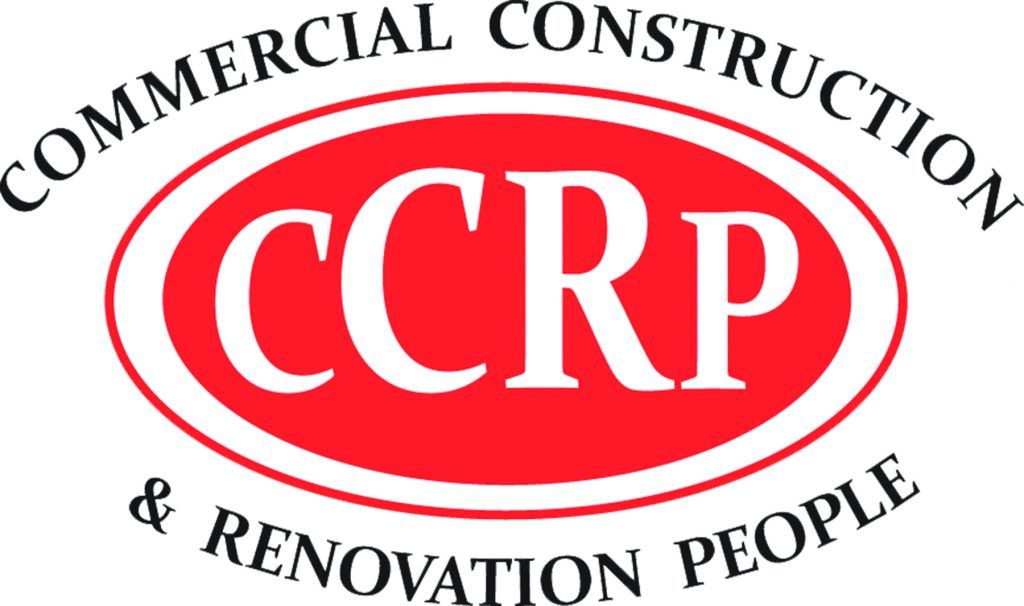Renovating your attic can turn an underused space into something extraordinary. But what exactly happens during the renovation process?
If this is your first time tackling an attic transformation, you probably feel excitement and uncertainty. Learn every stage of the process to know what to expect during your attic renovation.
The Preparation Phase
Before hammers start swinging, there’s some groundwork to lay. Here’s what you need to consider:
Assess the Space
Take a close look at your attic’s structure. Check for uneven floors, insufficient insulation, or limited access points. A professional inspection can highlight potential challenges if you’re unsure about what needs fixing.
Define Your Vision
Decide how you want to use the space. Will it be a spare bedroom, a playroom, or perhaps an art studio? Knowing your renovation goals will guide the design process and help determine the scope of work.
Budget Planning
Account for structural adjustments, materials, labor, and any surprises along the way. A professional inspection can help identify hidden issues, such as mold or damaged beams, which could affect costs. Always add a 10-15% for unexpected expenses.
Check Local Permits
Many attic renovations require permits, especially if you’re modifying electrical, plumbing, or structural elements. You can research local regulations to avoid delays.
In the middle of these stages, you’ll likely ask, “How do I ensure everything is going smoothly?” This is where having a reliable contractor comes into play. Finding a contractor that can help with attic renovation ensures that timelines are met, safety codes are followed, and the final result matches your expectations. Choose someone with proven experience and excellent reviews to make the process stress-free.
The Design and Planning Phase
Once you’ve prepared, it’s time to create a detailed plan. This step involves:
- Measuring the Space: Take precise measurements to ensure your design will work. Note the ceiling height, square footage, and any obstructions like beams or chimneys.
- Hiring Professionals: Collaborate with architects or contractors who specialize in attic renovations. Their expertise ensures your project meets safety codes and achieves the best results.
- Selecting Materials: Choose flooring, insulation, and wall materials suitable for an attic environment. Energy-efficient insulation is a must to keep the usable space comfortable year-round.
- Finalizing Layouts: Sketch out layouts to optimize the available space. Remember to plan for storage—built-in shelves or storage nooks can maximize functionality.
The Renovation Phase
Here’s where the real transformation begins. Expect the following steps during construction:
- Demolition and Framing. Contractors will remove old materials, such as damaged drywall or flooring, and frame walls and ceilings according to the new layout.
- Plumbing and Electrical Wiring. If you’re adding a bathroom or extra outlets, this stage involves laying pipes and wiring. This phase often requires inspections to ensure compliance with local codes. Consider also installing an attic ceiling fan to improve air circulation and minimize heating and cooling costs.
- Attic Insulation and Drywall Installation. High-quality insulation is installed to make the attic energy-efficient, and drywall is added to give the space a polished look.
- Flooring and Finishes. Choose an attic floor that fits your needs. Depending on your design, hardwood, carpet, or tile flooring will be installed. Contractors will add paint, trim, and other finishing touches to complete the room.
- Painting and Finishing Touches. Once construction wraps up, walls and ceilings are painted, and final details like natural light fixtures and decor are added.
What Happens After the Renovation
When construction is finished, there are still a few things left to do:
- Final Inspections: Local authorities may need to approve the work to ensure it complies with local building codes.
- Deep Cleaning: Renovations leave behind a lot of dust. Plan for a thorough cleaning before moving in furniture or belongings.
- Decorating Your Space: Now comes the fun part! Add furniture, decor, and personal touches to make the attic feel like home.
- Routine Maintenance: Keep your attic in top shape by regularly checking for leaks, pests, or ventilation issues.
An attic conversion typically takes 4-12 weeks, depending on the size of the project and any unexpected challenges. Having a clear timeline with your contractor can help manage expectations and reduce stress.
Is an Attic Renovation Worth It?
Transforming your attic adds significant value to your home. Beyond the financial benefits, you’ll gain usable square footage tailored to your needs. Imagine having an extra guest room for family visits, a quiet office for remote work, or a playroom where kids can let their imaginations run wild.
Renovating your attic is an exciting project with big payoffs:
- Additional Living Space: Turn unused floor space into something functional, like a home office or a playroom.
- Increase Property Value: Homes with finished attics often sell for higher prices.
- Energy Efficiency Opportunities: Upgrade insulation to improve temperature control and save on energy bills.
Your attic has more potential than you might think. Whether you dream of a cozy guest bedroom, a private office, or extra storage space, renovating your attic can add both style and value to your home.
Build Your Dream Space
An attic renovation is an exciting project that can add value and functionality to your home. Knowing what to expect during the process ensures a smoother experience. Remember, having a contractor who can help with attic remodel ideas is key to bringing your vision to life. With proper planning and the right team, your dream attic space is closer than you think.

























